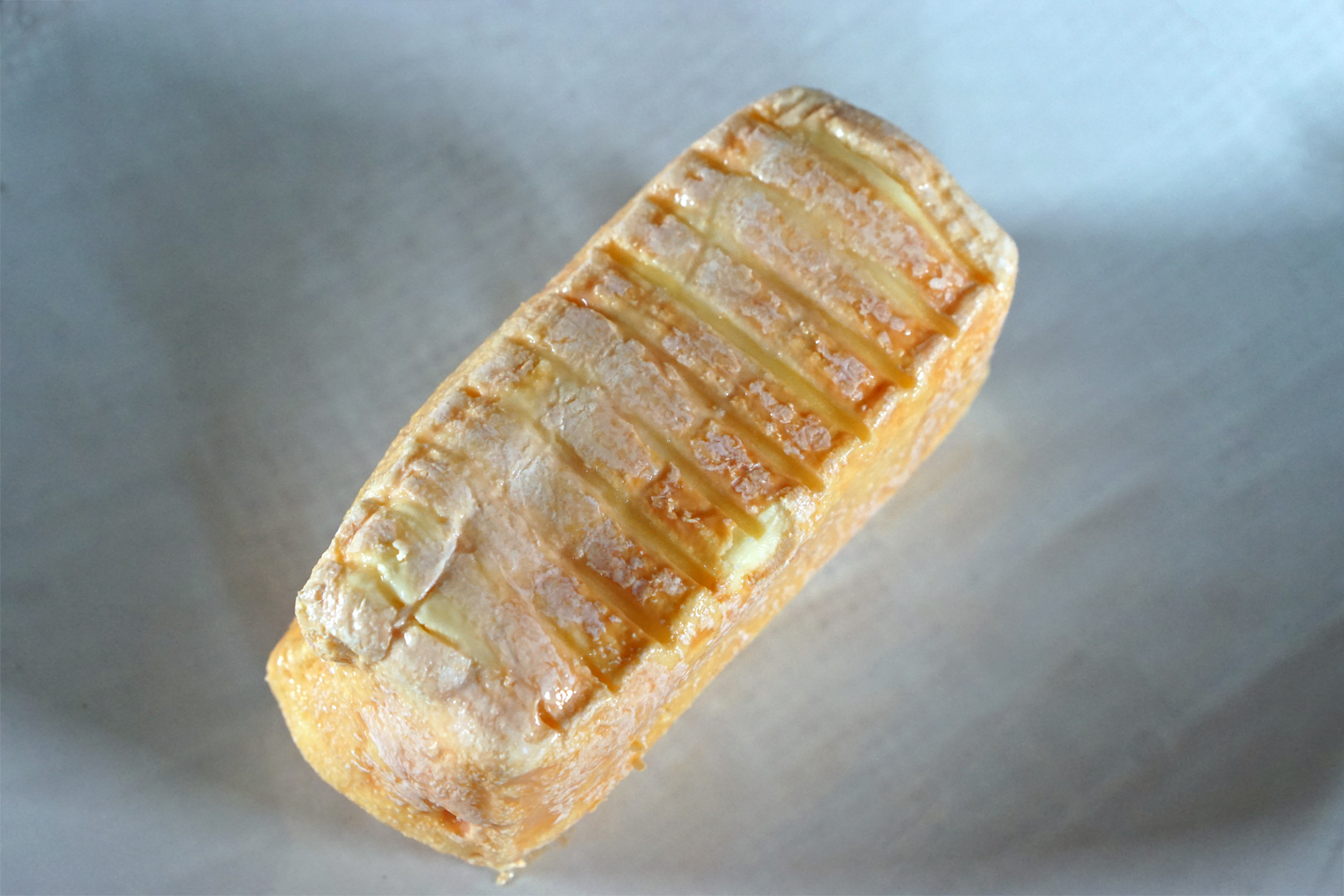In our series *regions of cheese* we today take you to the Marche, an Italian region that seems to kidnap you back in time.

The landscape often breathtaking, a network of windy roads through rolling hills with small villages, olive trees, vineyards and animal farms, with the Adriatic Sea on one side and the mountains of the Apennines on the other.
Population density is low with the bigger towns of Ancona, full of architectural gems from Roman times to the middle ages and Pesaro, birthplace of opera composer Gioachino Rossini and UNESCO creative city of music accumulating alongside the coast.
density is low with the bigger towns of Ancona, full of architectural gems from Roman times to the middle ages and Pesaro, birthplace of opera composer Gioachino Rossini and UNESCO creative city of music accumulating alongside the coast.
Inwards we find Ascoli Piceno dressed in travertine and with its renowned stuffed Olives; the University and musical town of Macerata; and Urbino, important center of the renaissance and home to Palazzo Ducale, one of Italy´s most important monuments and Unesco World Heritage Site since 1998.
Alongside the many agricultural products of the Marche region, such as PAT Torrone de fichi ( a cake, heart- or salami shaped fig assortment), PAT Ciambellone (a sweet donut-shaped cake), cured meats , wine (mainly Pecorino, Montepulciano and Sangiovese) and many different olive oils, we of course can also find a lot of cheese.
The Marche call 2 DOP (Casciotta di Urbino and Formaggio di Fossa di Sogliano) their own as well as 14 PAT (among which you can find lemon shaped “cacio in forma di un limone”, Casècc, and one Slow Food cheese (Pecorino dei Monti Sibillini).
This just to stake out the land of the cheeses this area of Italy has on offer.
However, traveling cheese doesn´t necessarily mean to follow the path of our pals who are well-known, written about, and available in cheese stores. It also involves driving to lesser frequented areas, finding little producers in hidden spots, and trying cheeses who don´t go on travels outside their area of birth.
Gustav and I took our recent trip to the Marche as an opportunity to visit cheese maker, breeder, and farmer Eros Scarafoni at Azienda Agricola Fontegranne next to the little village of Belmonte Piceno.
Family run *Fontegranne* is not only producing exceptional cheeses but also initiated projects such as *Cheese for peace –a little of each for the good of many* which is aiming to support humanitarian projects inside and outside of Italy, as well as *educational farm* where children of all age groups get the opportunity to experience the universe of the rural world and get a deeper understanding of environment, animals, and the life of a farmer including tasting of farmstead cheeses and olive oil.
The Scarafonis have been farmers for generations and started the deep cheese dive at the turn of the millennium with a focus on raw milk cheese as well as inventing new and rediscovering lost cheeses.

“Raw milk cheese is much more than a wonderful food, it is the authentic expression of one of the best gastronomic traditions. It is an art and a lifestyle. It is a culture, a heritage and a beloved landscape. And it is in danger of extinction! In danger because the values it embodies are in contrast with the sterilization and standardization of mass-produced food products.” *Eros Scarafoni


Like many other farms, *Fontegranne* also has an onsite store where you can taste and buy cheeses and with the help of Eros we decided for 3 pals to take with us and give a new temporary home in Vienna.
ORUS – raw cow´s milk, obtained through lactic fermentation and just one month old. Its lush texture is sheltered by a thin ash coat and flavors and aromas pinpoint to lactic pastures under a cold & crystal winter sky.


LUNA ROSSA – a raw cow´s milk washed rind with a soft and moist texture. On the nose hints of buttermilk, grass, and hazelnut; it gives you a sweet start and a earthy, herbaceous, and mushroomy finish.

BLU– made of raw cow´s milk, *Blu* is a washed rind blue cheese in the broadest sense as the rind is “washed naturally” by the humidity in the ripening room. *Blu* has a creamy and moist texture and delivers fresh aromas with a naughty twist carrying herbacous aromas of undergrowth and mushrooms as far as the pallet can think.


Final thoughts
You might wonder how to find the different cheeses of the area and maybe more important how to get access to them.
Our general advice on traveling cheese:
1) Find out what the most well-known cheeses of the regions are. Are there DOPs and Slow Food cheeses and in Italy´s case; are there PAT cheeses?
2) Find cheese stores located in the towns you are planning to visit. Use the internet or go through our website.
3) Find cheesemakers in the area, many of which are listed on google maps and have their own farm shop.
4) Always ask questions. What´s the name of the cheese, how old, which milk is used, and anything else you might want to know.
At farms things often aren’t labeled and when you come
home you might not remember what you bought. So take notes!
Gustav says – it´s never too early to plan your next trip!











